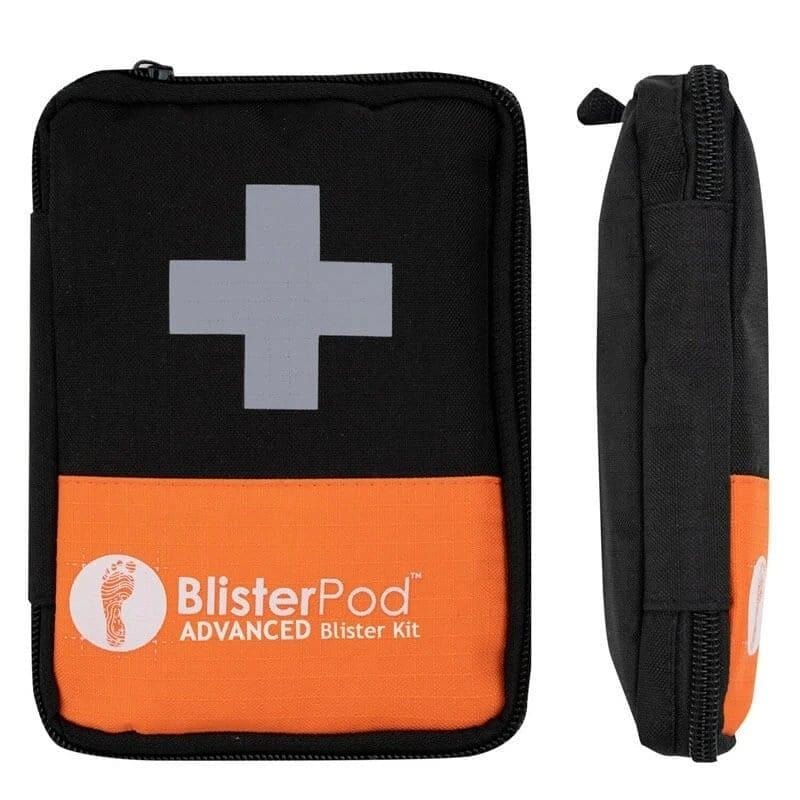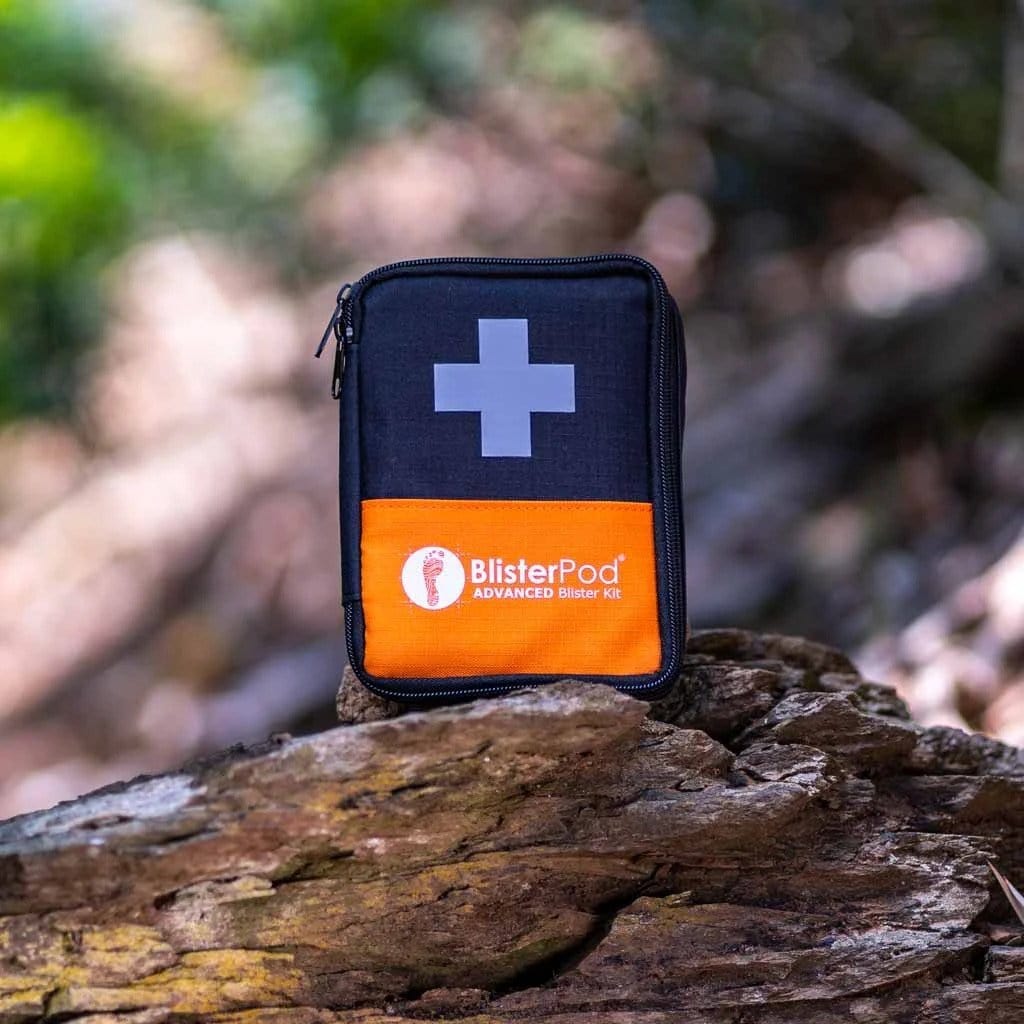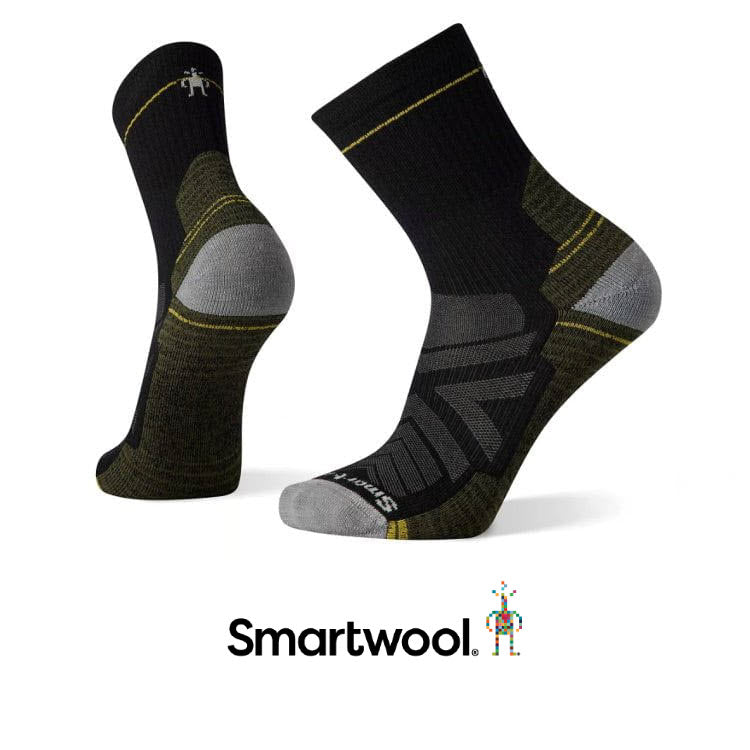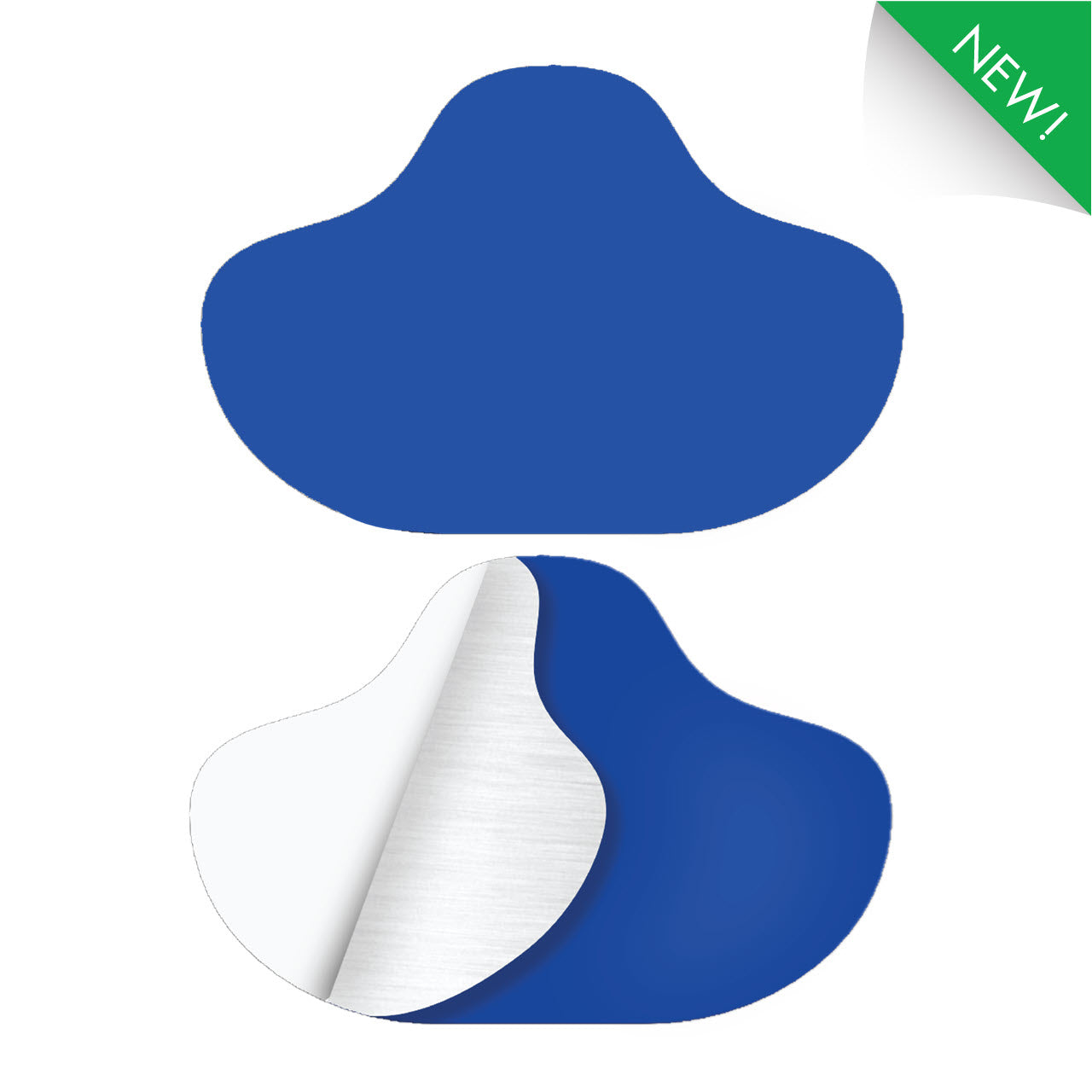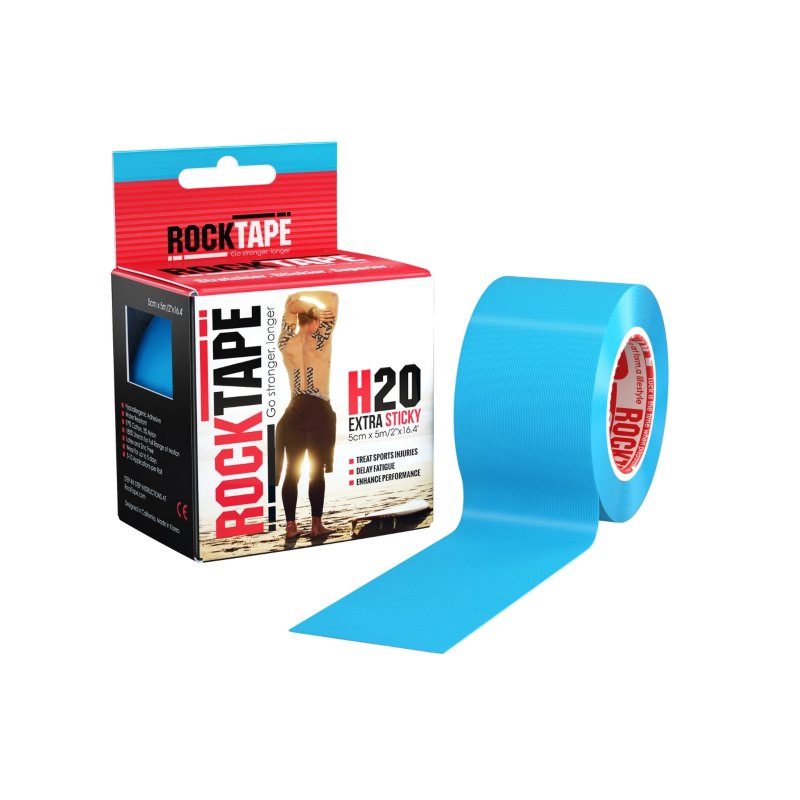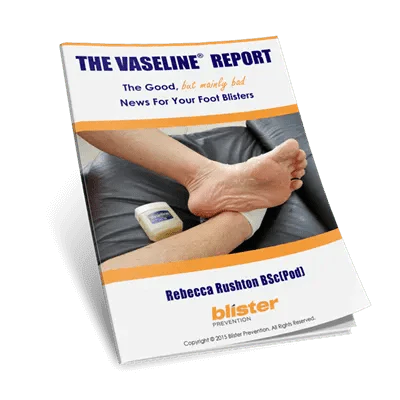I've been looking at blister kits lately and it struck me. There's a popular belief that foot blisters are a burn blister. This belief is completely incorrect. This article looks at what types of burns cause blisters. And explains how friction blisters are different to burn blisters.
Burn blisters
There are 6 types of skin burns:
- First degree burn – Also known as a surface burn, this is a burn of the top layer of your skin. Your skin will be red, it will swell a little and it will be painful.
- Second degree burn – Also known as a partial thickness burn, this burn goes a little deeper – down to the dermis. This is the type of burn that causes the skin to blister.
- Third degree burn – Also known as a full thickness burn, these burns are deep, affecting all skin layers. With the skin completely damaged, infection is likely.
There are fourth, fifth and sixth degree burns. These burns go much deeper than the skin, damaging fat, muscles, tendons, and bones.
Should you pop a burn blister?
I advocate popping friction blisters if you have the right equipment and are willing to look after it for the following week. But do not pop a burn blister! Friction blisters exist in the epidermis, where there are no blood vessels. Burn blisters exist in the dermis, where the blood vessels exist.
How to treat a burn blister
You can safely treat your own first degree and small second degree burns with the right burn first aid. This involves running your burn blister under cool (not cold) running water, or placing it in a cool water bath for 15 minutes. You’ll be surprised at how effective this is at reducing your discomfort and minimising the blister that forms. Then place a sterile island dressing over it to protect the damaged skin. Do not place ice directly on the skin, do not pop the blister, and do not remove any skin. If your second degree burn extends over a large area of skin, be sure to seek medical attention so your doctor can advise on the best treatment over the next month.
If you suspect you have a third degree burn or worse, you’ll need urgent medical treatment.
Friction blisters
Does rubbing burn the skin - does all that friction cause so much heat that it causes a second degree burn blister? It sounds feasible ... rubbing two sticks together can generate enough heat to start a fire! But can rubbing overheat the skin so much that it burns?

Rubbing increases skin temperature
Rubbing any two surfaces together causes heat and rubbing the skin is no different. It's easy to assume that the more rubbing there is and the more heat generated, the closer it can get to burning the skin. However, research has found that rubbing causes only mild skin temperature increases, insufficient to burn.In his experimental blister research in 1955, Naylor compared blister rates at two rubbing speeds - the faster rubbing speed did not cause blisters to form any quicker than the slower rubbing speed. Separately, he compared two materials that differed in thermoconductivity to provide the rubbing (one had the ability to absorb heat away from the skin, keeping it cooler). No difference in blistering rate was found!
Skin temperature appears to be a minor factor in blister formation. Blisters form somewhat more rapidly when the skin temperature is higher but blisters also occur when the skin temperature is low. In experimental rubbing studies, local heat is produced and skin temperatures have been reported between 41 degrees Celsius and 50 degrees Celsius. However, friction blisters do not resemble second degree thermal burns either clinically or histologically.
Knapik et al (1995)
Friction blisters are not a burn blister
The relevance of heat?
Friction blisters on the feet are more common in warmer temperatures. But blisters can occur in cold temperatures too (Griffin et al, 1969; Akers, 1977; Knapik et al, 1992). Griffin et al (1969) produced experimental blisters on chilled, warmed and “normal” temperature skin and noted:
- blisters formed quicker when initial skin temperature was higher
- blisters took longer to form on chilled skin (14 degrees) compared to normal (30 degrees) and warmed skin (46 degrees)
- when the initial skin temperature was low, the skin temperature at the time of blistering was also lower
Why do people say blisters are caused by heat, moisture and friction?
As the feet get warmer with exercise, the skin sweats. This perspiration is moisture. Moisture increases friction levels (Nacht et al, 1981; Naylor, 1955). And higher friction levels lead to increased incidence of blisters. For more information, read what causes blisters.
What causes friction blisters?
Blisters occur when shear (stretching of the skin) causes a tear under the skin's surface. Sulzberger and Akers determined this in 1972. And Comaish confirmed it the following year as he ruled out other potential causes (wear, heat, enzymes, pressure, stretching or ischaemia). He called it epidermal fatigue. You can see all the research from 1955 onwards that supports this.
Conclusion
It is in spite of the efforts of the earliest blister researchers (and researchers since) that this myth persists!
References
- Akers, WA and Sulzberger MB. 1972. The Friction Blister. Military Medicine. 137:1-7.
- Akers, WA. 1977. Sulzberger on Friction Blistering. International Journal of Dermatology. 16: 369-72.
- Comaish, JS. 1973. Epidermal Fatigue as a Cause of Friction Blisters. The Lancet. Jan 13: 81-83.
- Hashmi, F, Richards, BS, Forghany, S, Hatton, AL and Nester, CJ. 2013. The Formation of Friction Blisters on the Foot: The Development of a Laboratory-Based Blister Creation Model. Skin Research and Technology. 19: e479-e489.
- Knapik, JJ, Reynolds, K, Duplantis, KL and Jones, BH. 1995. Friction blisters – pathophysiology, prevention and treatment. Sports Medicine. 20 (3): 136-147.
- Nacht, S, Close, J, Yeung, D and Gans, EH. 1981. Skin friction coefficient: changes induced by skin hydration and emollient application and correlation with perceived skin feel. Journal of the Society of Cosmetic Chemists. 32 (March-April): 55-65.
- Naylor, P. 1955. Experimental friction blisters. British Journal of Dermatology. 67: 327 – 42.
- Naylor, P. 1955. The skin surface and friction. British Journal of Dermatology. 67: 239 – 48.
- Richie, D. 2010. How to manage friction blisters. Podiatry Today. 23 (6): 42-48.



